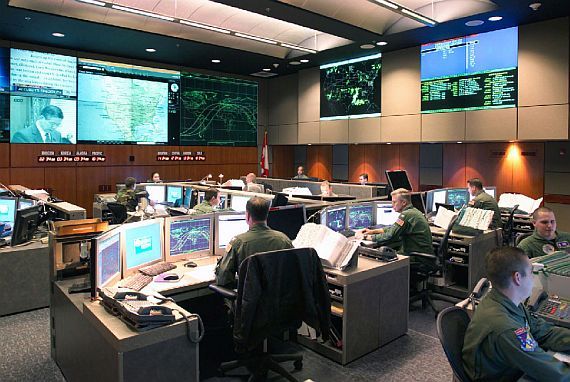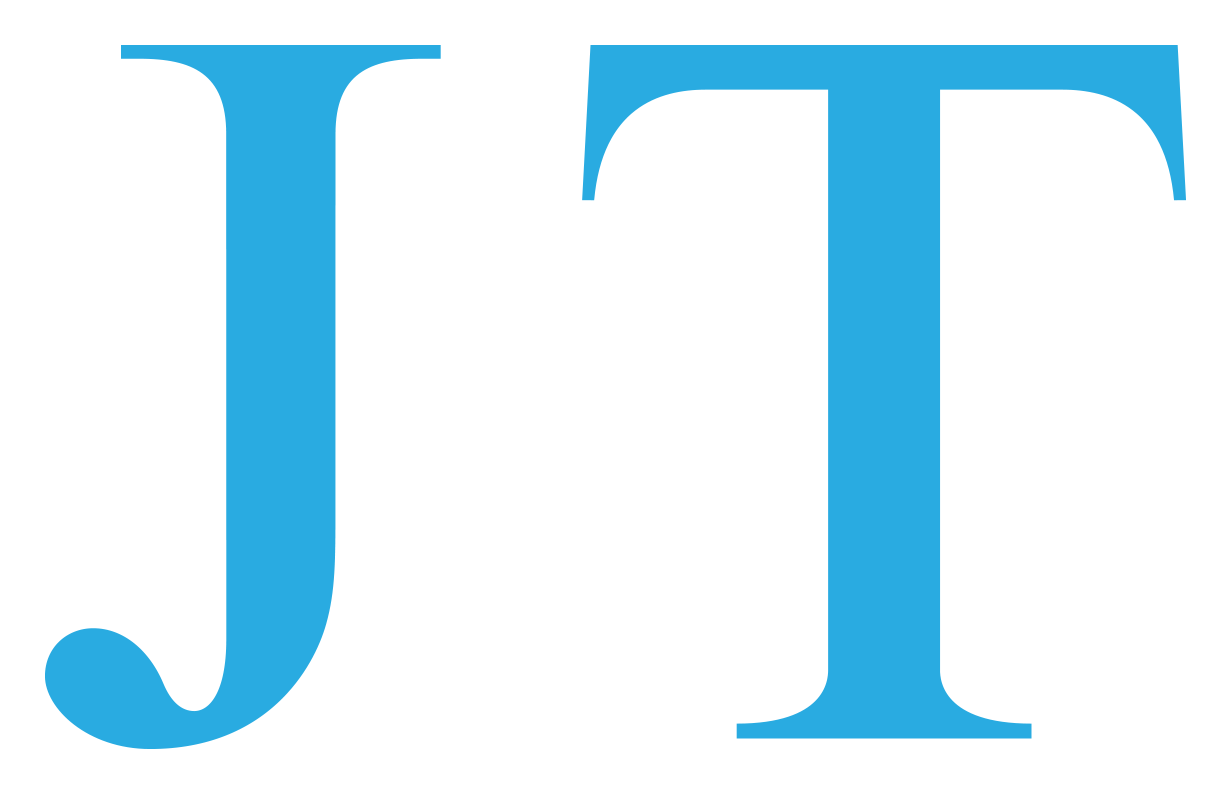An artificially intelligent fighter pilot system has defeated two attacking jets in a combat simulation.
The AI, known as Alpha, used four virtual jets to successfully defend a coastline against two attacking aircraft — and did not suffer any losses. It also triumphed in simulation against a retired human fighter pilot.
In their paper, researchers from the University of Cincinnati and defence company Psibernetix describe Alpha as “a deadly opponent”. Reporting on simulated assaults against retired US Air Force colonel Gene Lee, the researchers wrote: “Not only could he not score a kill against it, he was shot out of the air by the reds every time after protracted engagements.”
Here, you’ve got an AI system that seems to be able to deal with the air-to-air environment, which is extraordinarily dynamic, has an extraordinary number of parameters and, in the paper, more than holds its own against a skilled and capable, experienced combat pilot,” said Doug Barrie, a military aerospace analyst at think tank IISS.
If such a system were ever used in a live setting and decided to attack a non-military target, the results could be dire, he said.
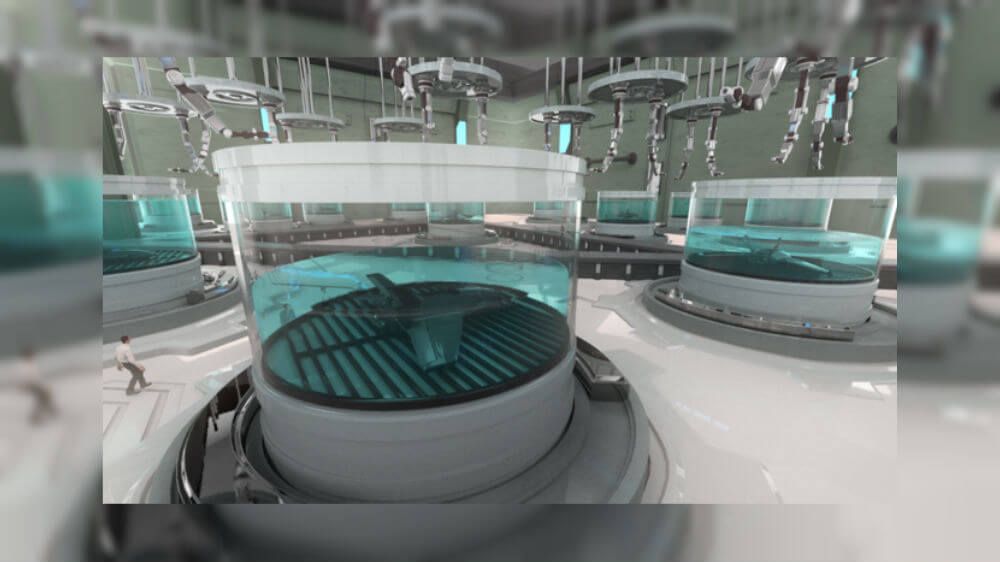
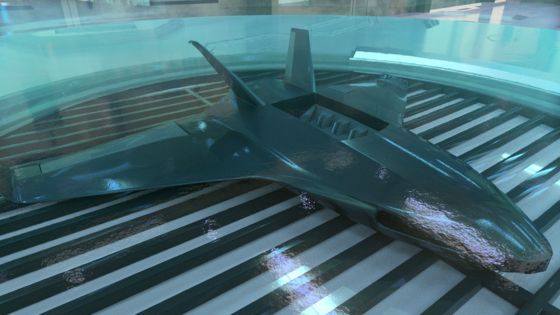
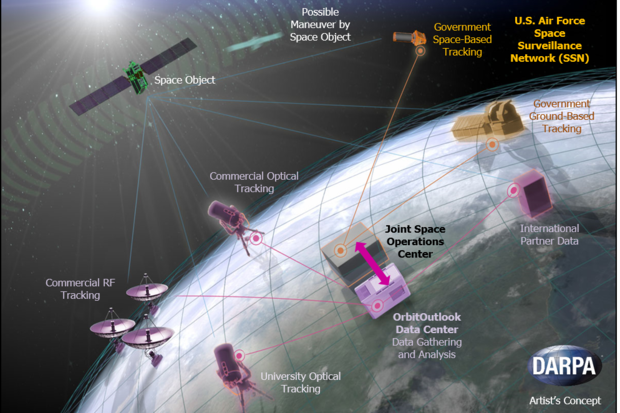
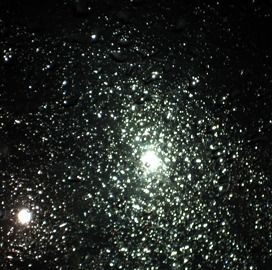
 The Defense Advanced Research Projects Agency has finished its work to integrate live data feeds from several sources into the U.S. Space Surveillance Network run by the Air Force in an effort to help space monitoring teams check when satellites are at risk.
The Defense Advanced Research Projects Agency has finished its work to integrate live data feeds from several sources into the U.S. Space Surveillance Network run by the Air Force in an effort to help space monitoring teams check when satellites are at risk.

